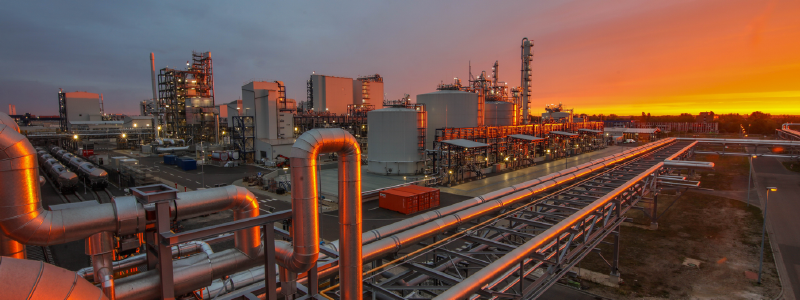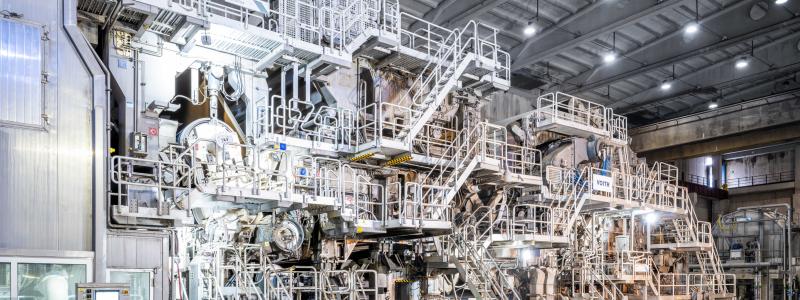Detecting hazardous gases in plant environments by adding sensors can warn workers of a potentially lethal situation.
There’s a long-standing idea that human beings are most threatened by hazards they recognize and deal with on a routine basis. Interaction becomes automatic, causing an individual to forget the nature of the hazard, and carelessness results, eventually leading to an accident. The victim can only say, “I should have known better.”
Personnel safety in a potentially dangerous plant environment depends on personal vigilance and situational awareness combined with appropriate safety equipment and strategies. This concept is easy to see in an oil refinery or large chemical plant because the hazards associated with toxic or flammable products in vast amounts can lead to truly catastrophic incidents. But what about paper mills? Don’t they represent a far more benign environment? After all, when was the last time anybody read about a major explosion and fire at a newsprint plant?
Even vigilant workers can be caught unawares, falling victim to an equipment failure, process upset or another unforeseen situation. Consider the case of two maintenance workers in an Australian paper mill in 2018. As the Safety Institute of Australia reports:
“There have been two fatalities while other workers sustained serious injuries as a result of a suspected hydrogen sulfide gas leak at a paper mill in the Albury-Wodonga area. Workers were overcome by the gas during routine maintenance at the Norske Skog paper mill in Ettamogah. Two workers died in hospital as a result of exposure to the gas leak, while two others workers remain in Albury Base Hospital.
“The men had been working on top of a tank checking valves when they were apparently overcome by fumes and went into cardiac arrest. The fumes are thought to have come from pulp which was unused while annual maintenance was carried out. After the incident, around 150 people were evacuated from the site and a further 18 were taken to hospital, but 14 have since been discharged.”
While there isn’t much detail on the specific circumstances, hydrogen sulfide apparently accumulated in equipment in the pulping section of the plant due to the shutdown. Under normal operating conditions, we can assume hydrogen sulfide would not have accumulated in that location or in such amounts.
Source: Rosemont Flame & Gas























































